| 结构式 | 名称/CAS号 | 全部文献 |
|---|---|---|
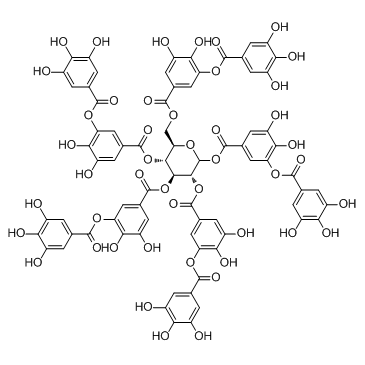 |
单宁酸
CAS:1401-55-4 |
|
 |
乙醇
CAS:64-17-5 |
|
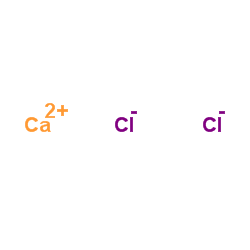 |
无水氯化钙
CAS:10043-52-4 |
|
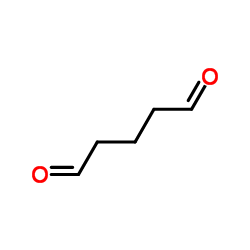 |
戊二醛
CAS:111-30-8 |
|
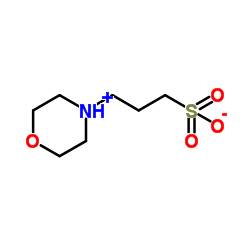 |
3-(N-吗啉)丙磺酸
CAS:1132-61-2 |
|
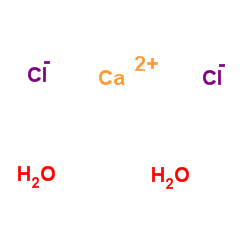 |
二水氯化钙
CAS:10035-04-8 |
|
 |
丙烯醛
CAS:107-02-8 |